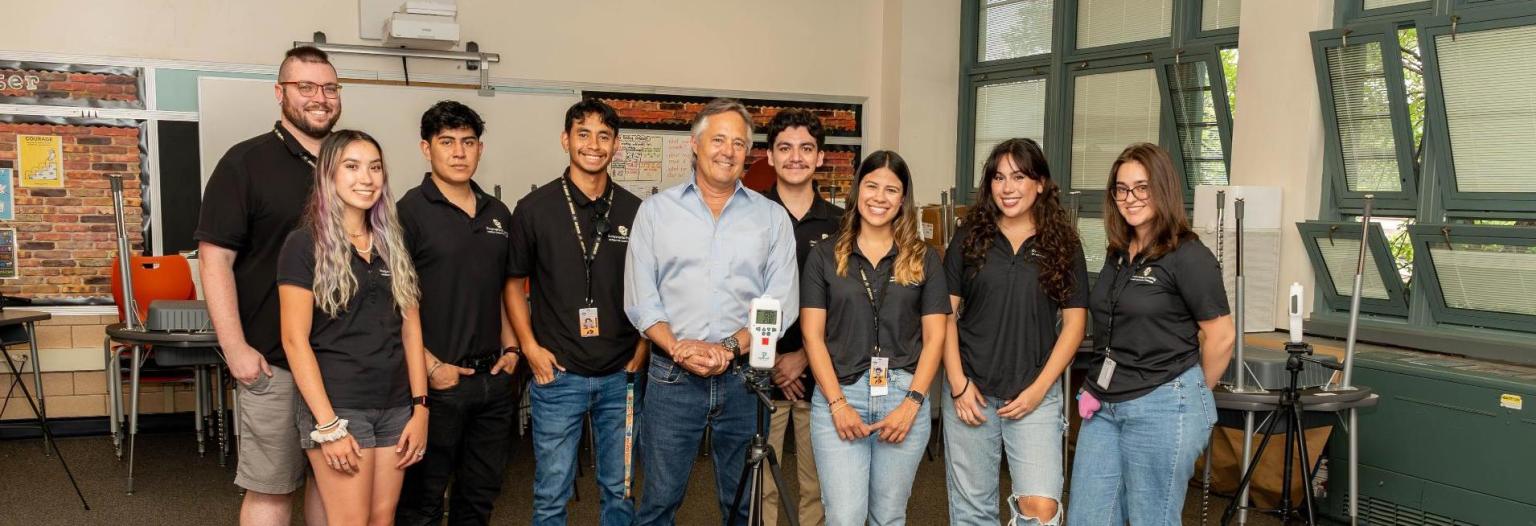
Dear Latrice,
We also love...
Jason | Pueblo, CO
So, we’re doing our part to ensure that clean air reaches every classroom to support healthy learning environments.
Campus Location

Since 2021, the team has installed real-time air quality sensors and low-cost HEPA filters in classrooms, starting with Denver Public Schools and expanding statewide with support from CDPHE and CDC funding. These filters, costing less than a textbook per student annually, significantly improve air quality, reduce allergens, asthma triggers, and pollutants like wildfire smoke, and are energy-efficient.
“These purifiers are like seatbelts for lungs—there’s no reason not to use them,” says Dr. Hernandez. They also boost ventilation system performance, potentially saving energy.
CU Boulder engineering students, like Kristina Petrov-Strezoska, are studying how HVAC systems and room design affect air quality to address environmental health disparities.
In collaboration with CU Boulder’s medical school, the team is exploring whether cleaner air reduces student absenteeism, paving the way for healthier, safer schools across Colorado.

